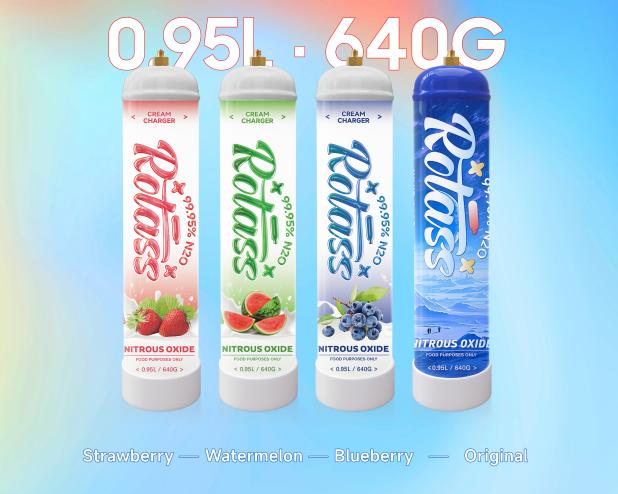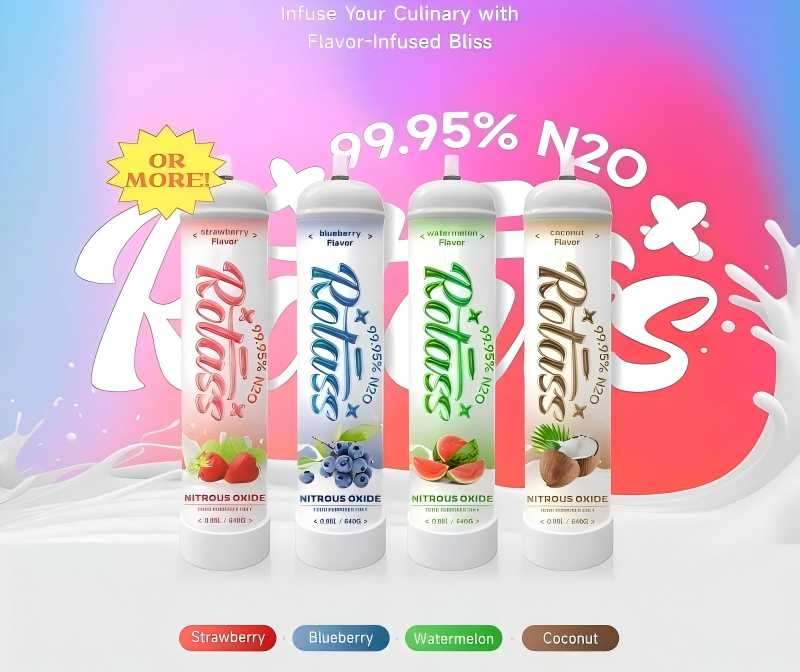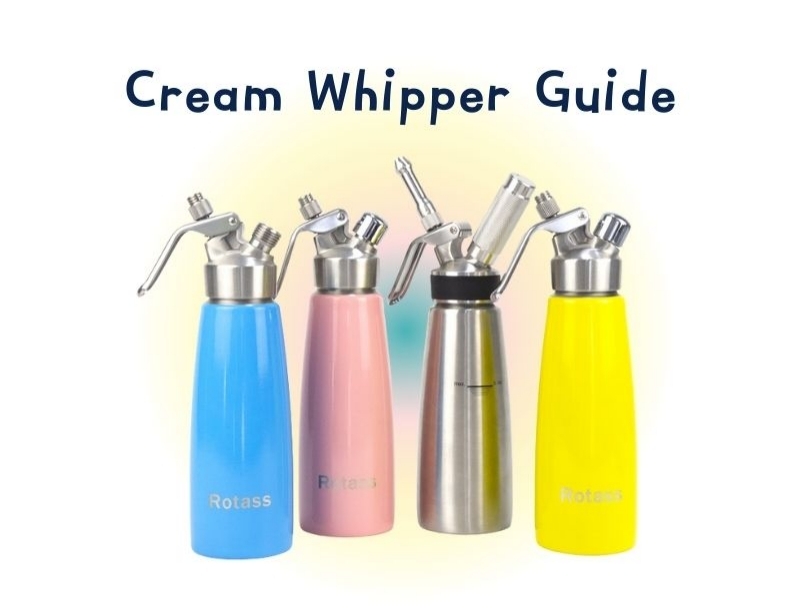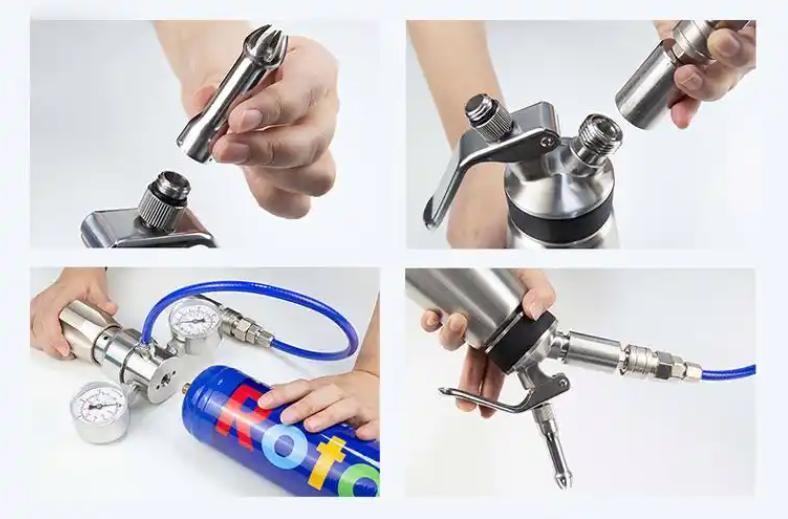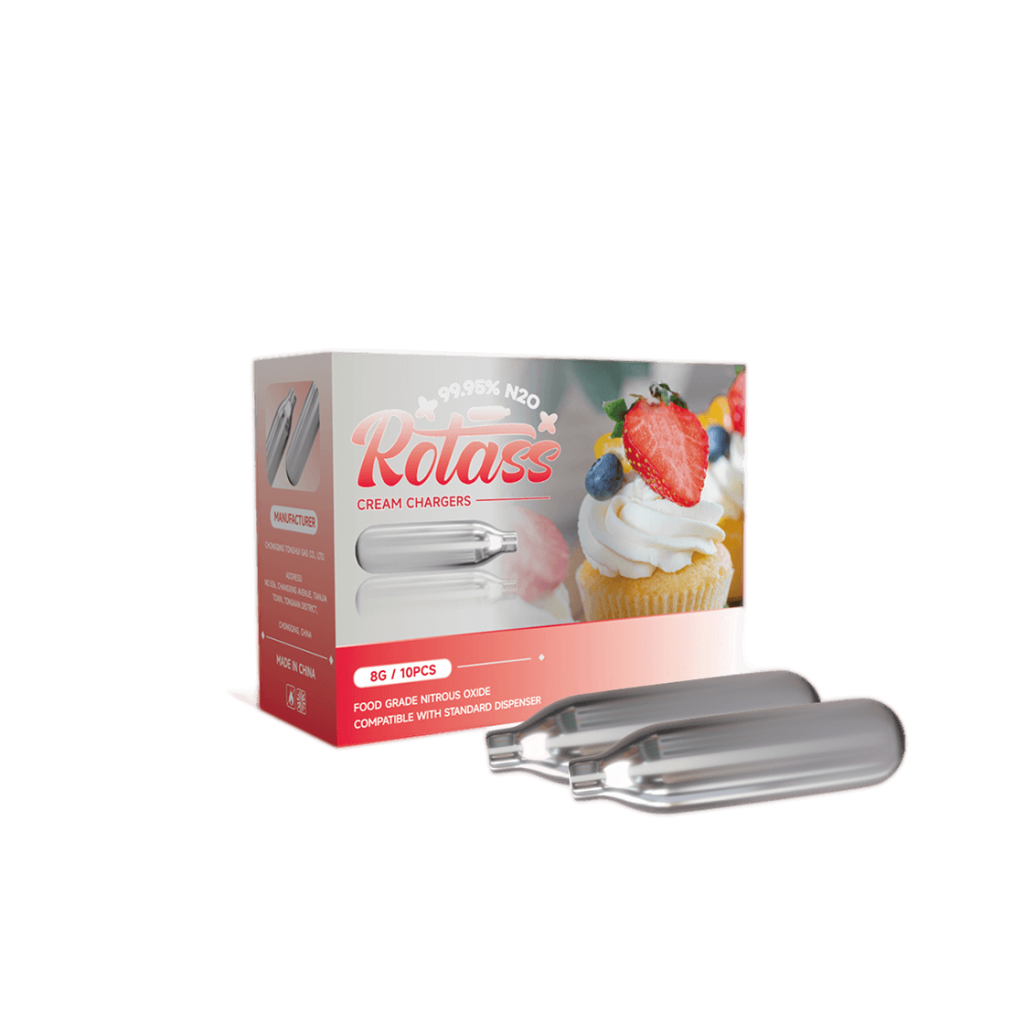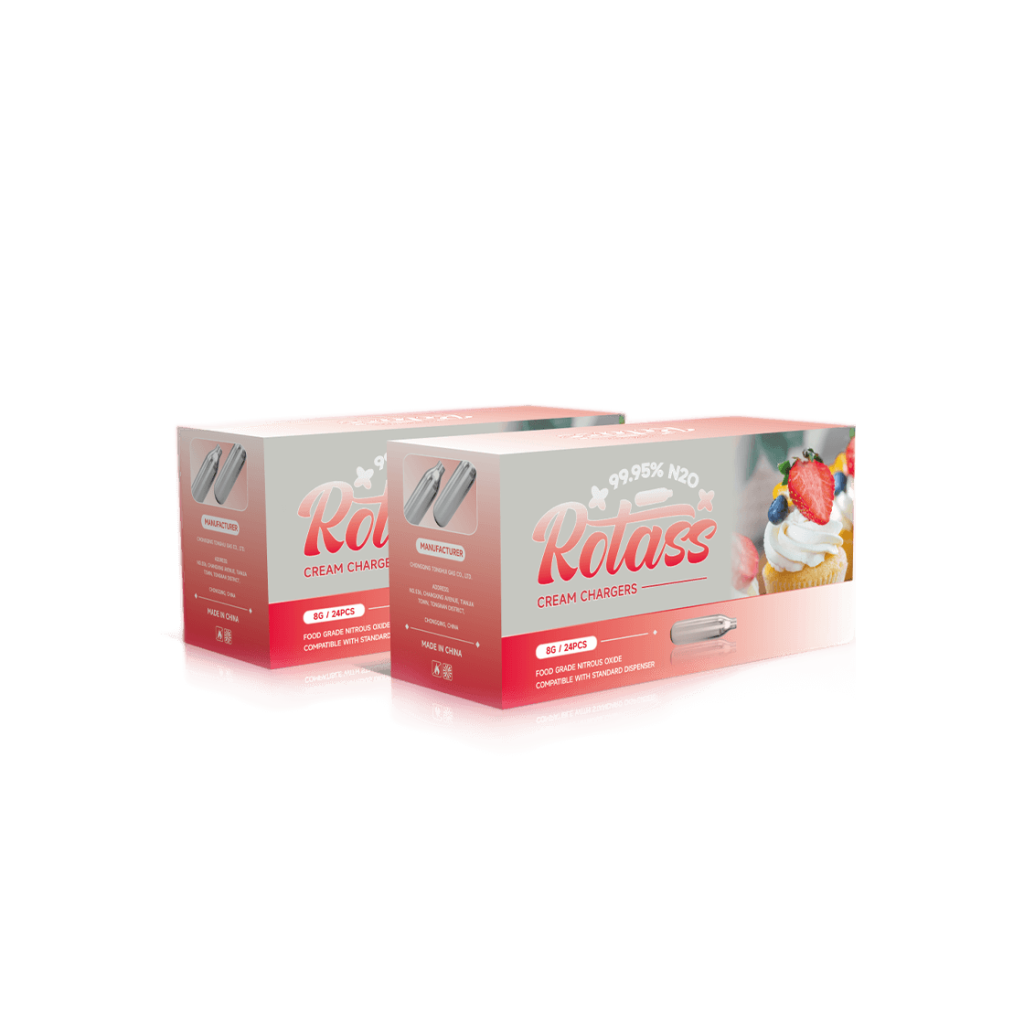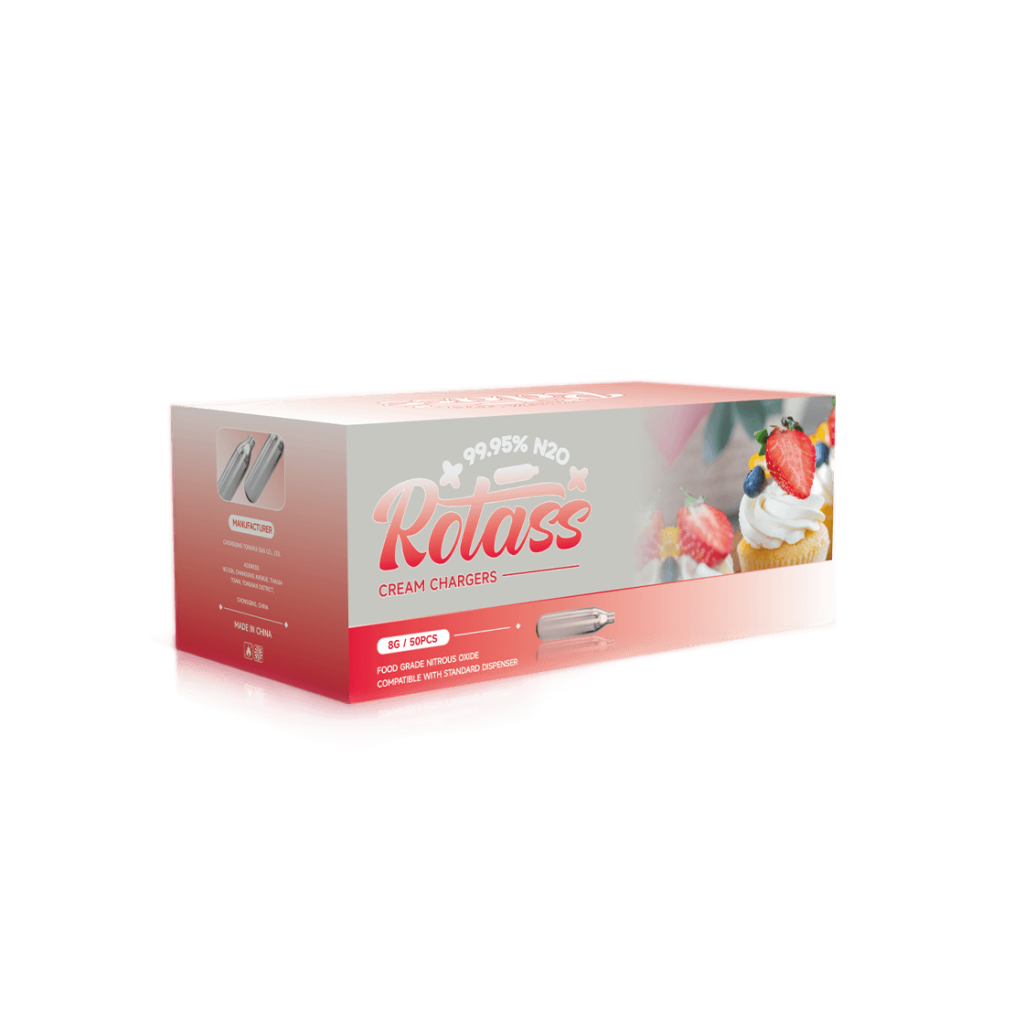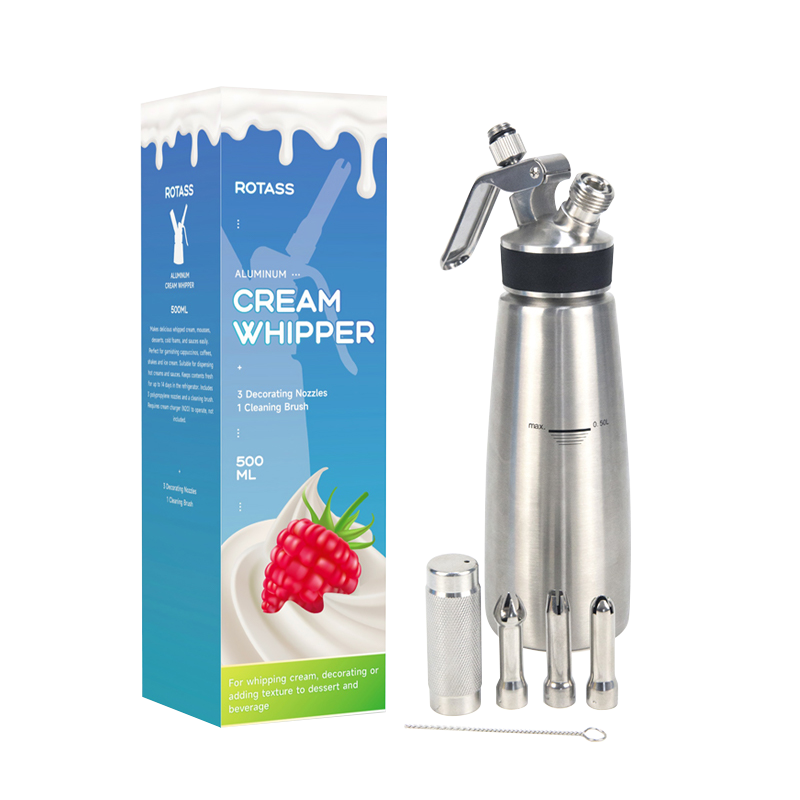2024 / 10 / 14
5 Common Safety and Legal Questions about Cream Chargers
In recent years, cream chargers have gained popularity, not just in professional kitchens but also among home cooks and cocktail enthusiasts. These small, metal canisters filled with nitrous oxide (N₂O) are primarily used to create whipped cream and other foams quickly and easily. However, with their rise in popularity, several questions about their safety, legality, and proper usage have emerged. In this article, we will explore five common questions regarding cream chargers, providing insights to help you use them safely and responsibly.
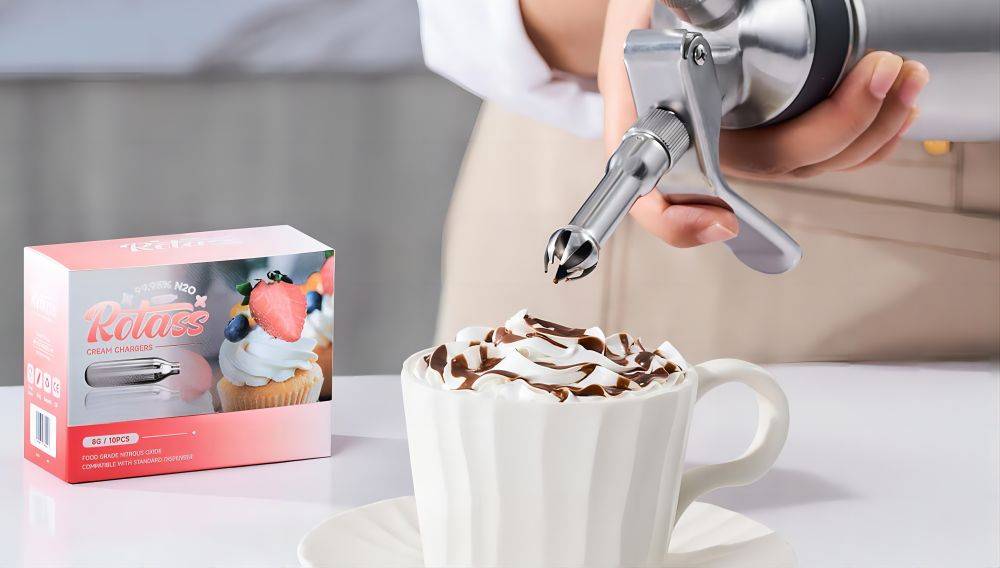
Q1. Are Cream Chargers Safe?
The safety of cream chargers is a significant concern for many users. When used correctly, cream chargers are generally safe. They contain nitrous oxide, a gas that, when whipped with cream, creates a light, airy texture. This process is facilitated by specialized whipped cream dispensers that are designed to handle the pressure of the gas inside the canister.
However, improper use can lead to risks. One of the most significant dangers is inhalation of nitrous oxide, commonly known as “laughing gas.” While it has legitimate medical uses, recreational inhalation can lead to serious health issues, including asphyxiation, hypoxia, and long-term neurological damage. Moreover, using cream chargers in any manner not intended by the manufacturer—such as attempting to refill them—can result in explosions or severe injuries.
To ensure safety when using cream chargers, follow these guidelines:
- Use as directed: Always use cream chargers according to the manufacturer’s instructions. This includes using compatible whipped cream dispensers.
- Avoid inhalation: Do not inhale the gas from cream chargers, as it can lead to serious health risks. Use cream chargers solely for their intended purpose—creating whipped cream and foams.
- Keep away from heat: Cream chargers are pressurized containers that can explode if exposed to high temperatures. Store them in a cool, dry place away from direct sunlight.
Q2. Are Cream Chargers Legal?
The legality of cream chargers varies significantly by country and region. In many places, cream chargers are legal for culinary use, but there are regulations governing their sale and use. For instance, in the United States, cream chargers are considered legal for use in food preparation and commercial kitchens.
However, certain jurisdictions have implemented restrictions due to the potential misuse of nitrous oxide for recreational purposes. For example, some states require that cream chargers be sold only to individuals of a certain age, while others have imposed outright bans on their sale. In the United Kingdom, it is illegal to supply nitrous oxide for recreational use under the Psychoactive Substances Act 2016, but they remain legal for culinary purposes.
To determine the legality of cream chargers in your area, it is essential to check local laws and regulations. Be aware of any restrictions on purchasing or using these products, particularly if you plan to use them for anything beyond their intended culinary purpose.
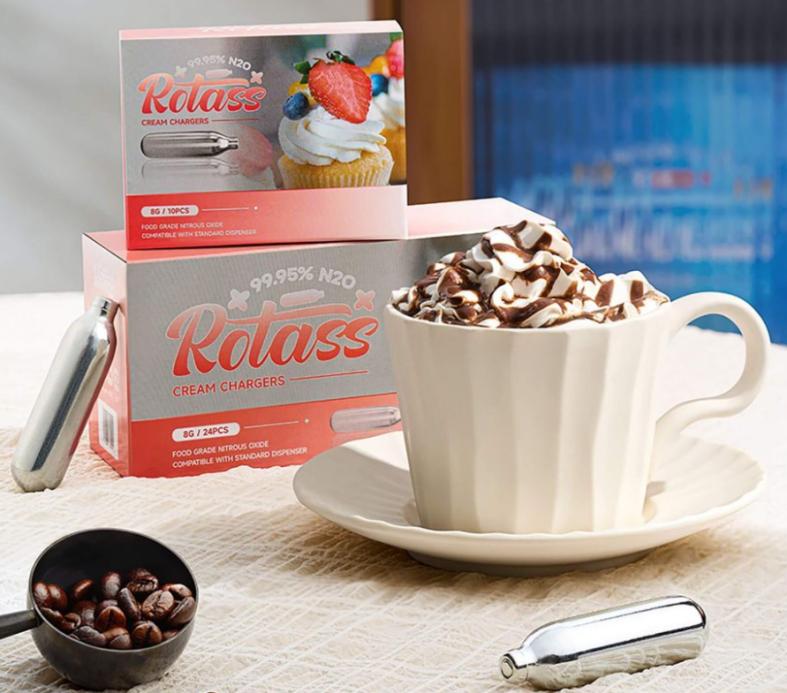
Q3. What Are the Risks of Using Cream Chargers?
While cream chargers can be used safely when following guidelines, there are inherent risks associated with their use. Understanding these risks is crucial for any user, whether a professional chef or a home cook. Some of the most significant risks include:
1. Inhalation Risks
As previously mentioned, inhaling nitrous oxide can have severe health consequences. Recreational inhalation can lead to a range of issues, including:
- Asphyxiation: Nitrous oxide displaces oxygen in the lungs, which can lead to suffocation.
- Neurological damage: Prolonged exposure or misuse can cause nerve damage, resulting in symptoms such as numbness, tingling, or even paralysis in extreme cases.
2. Pressure Hazards
Cream chargers are pressurized containers that can explode if mishandled. Common scenarios that could lead to accidents include:
- Improper handling: Dropping or mishandling a cream charger can result in rupturing the canister.
- Using incompatible dispensers: Using a whipped cream dispenser not designed for specific cream chargers can lead to malfunctions, causing the canister to explode.
3. Food Safety Risks
Using cream chargers to create whipped cream or foams requires adherence to food safety standards. If the equipment is not cleaned properly, it can lead to contamination. Here are some best practices:
- Clean equipment: Regularly clean your whipped cream dispenser to prevent bacterial growth.
- Store cream properly: Always use fresh cream and store it appropriately to avoid spoilage.
Q4. How to Store Cream Chargers?
Proper storage of cream chargers is essential for maintaining their effectiveness and ensuring safety. Here are some tips for storing cream chargers:
- Temperature Control: Store cream chargers in a cool, dry place away from direct sunlight. Extreme temperatures can compromise the integrity of the canister and the nitrous oxide inside. Ideally, they should be kept at room temperature, around 20°C (68°F).
- Secure Storage: Keep cream chargers in a secure, upright position to prevent accidental damage. Consider using a dedicated storage container or drawer to avoid placing them near heavy or sharp objects that could puncture or crush the canisters.
- Check Expiration Dates: While cream chargers do not have a strict expiration date, they can lose effectiveness over time. Check the packaging for any recommended use-by dates and rotate your stock to ensure you’re using the freshest chargers.
- Keep Out of Reach of Children: Store cream chargers out of reach of children and pets to prevent accidents. Ensure that they are kept in a locked cabinet or storage area if necessary.
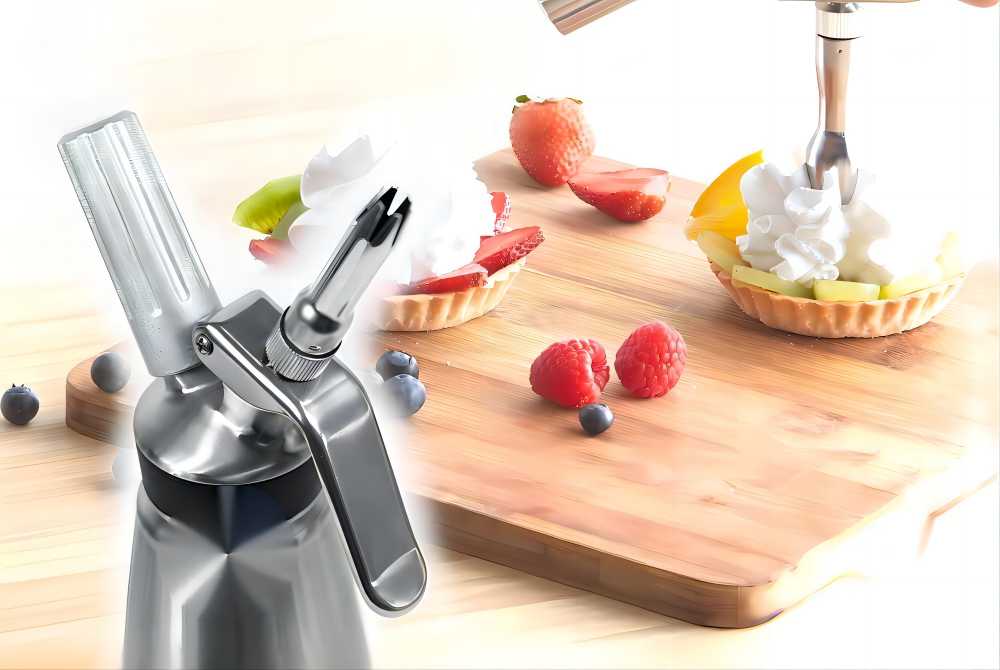
Q5. How to Dispose of Whipped Cream Chargers?
Disposing of cream chargers properly is crucial to avoid environmental harm and safety risks. Here are some guidelines for disposing of whipped cream chargers:
1. Empty the Chargers
Before disposal, ensure that the cream charger is empty. Most cream chargers will have a release valve that allows the gas to escape. Follow these steps to safely empty a charger:
- Use the charger: Attach it to your whipped cream dispenser and use it as intended.
- Discharge remaining gas: Once empty, press the release valve to ensure all remaining gas is discharged. Be cautious and do this in a well-ventilated area.
2. Recycling Options
Many cream chargers are made of recyclable materials, such as steel or aluminum. Before disposing of them, check if your local recycling program accepts them. If recycling is available:
- Check local guidelines: Different areas have different recycling protocols. Confirm that cream chargers can be recycled in your region.
- Rinse and clean: If required, rinse the canisters to remove any remaining cream residue.
3. Dispose of Responsibly
If recycling isn’t an option, dispose of the empty chargers in your regular waste. Avoid throwing them in regular trash if they are not empty, as they can pose a risk of explosion in a landfill.
4. Environmental Considerations
Be mindful of the environmental impact of your disposal methods. Whenever possible, prioritize recycling or disposal methods that minimize harm to the environment.
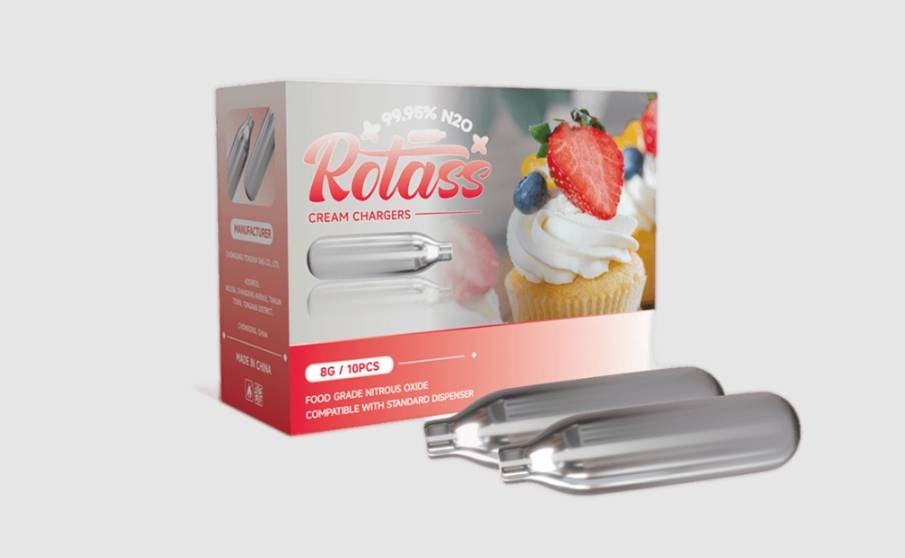
Cream chargers can be a fun and convenient tool for creating whipped cream and other culinary delights. However, it is essential to approach their use with caution and awareness. By understanding the safety concerns, legal aspects, potential risks, proper storage techniques, and responsible disposal methods, you can enjoy the benefits of cream chargers while minimizing potential hazards. Always prioritize safety, and ensure that you are using these products in accordance with local regulations and best practices.

